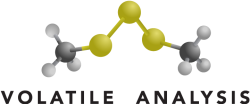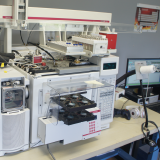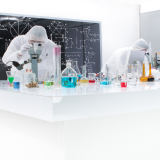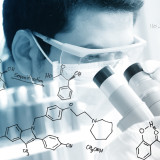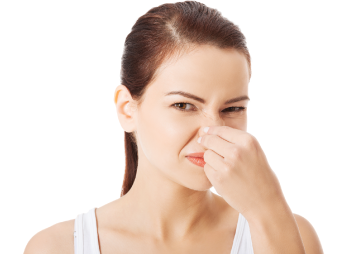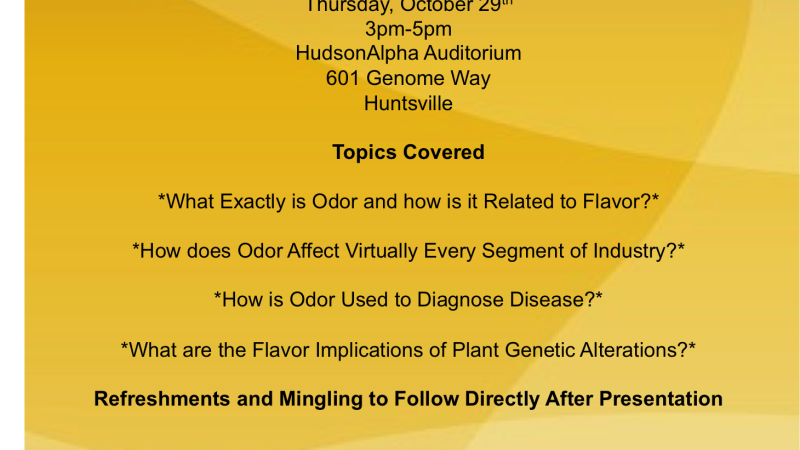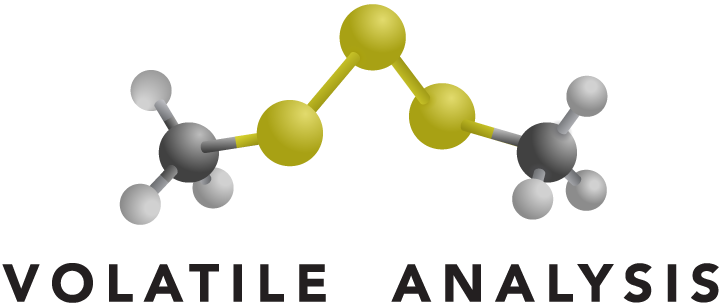
Industrial & Manufacturing
Description of Industry
Industrial and manufacturing companies produce raw materials that become part of products for virtually every industry. The industrial and manufacturing industries are governed through multiple regulations but very few include detailed information regarding odor, odor thresholds, and remediation.
When an odor develops in a manufacturing facility environmental laboratories are often called to solve the problem. Unfortunately, trace level chemicals produce many odors and unless techniques such as GC-MS/O are deployed, large amounts of money can be spent and the culprit chemical not discovered. Bacteria are present in manufacturing processes everywhere. Problem bacteria may interact with precursor chemicals producing undesirable odors, often resulting in odors described as musty, moldy and many others.
VAC are experts in using the most direct path for identification of the problem. Thereafter, hypothesis are created and investigated for determination of how the chemical(s) was introduced into the manufacturing process. Once the source is determined Volatile works with your team on the best long-term strategy for eliminating future risk of a reoccurrence.
Applicable Services
What we do
All of VAC services apply to the manufacturing industry. Manufacturing companies have extensive protocols in place in order to obtain various certifications. Volatile can start with your existing protocols and demonstrate where odor-managing efforts need to be added or modified. This is accomplished by analyzing production processes to include looking for possible precursors that may contribute to the generation of odorous chemicals. Our team can design quality management tools to manage odor across your organization. These tools can incorporate different areas of odor chemistry including production studies, sensory panels, and analytical chemistry.
Odor Investigation
We utilize the most advanced scientific techniques and instruments currently available to detect and measure volatile chemicals responsible for odor. We utilize gas chromatography-mass spectrometry/ olfactometry to quickly determine what retention index values from a chromatogram correspond with odor. This capability dramatically improves our capability to identify trace level chemicals responsible for off-odors.
Odor Analysis GC-MS/O
Gas chromatography-mass spectrometry/olfactometry provides the very best technique to quickly resolve off-odor issues. This method requires a trained odor judge to sniff GC effluent and rate odor character and intensity. This information is coupled by retention time automatically via software to GC-MS chromatogram data to allow for rapid odor identification. Our sensory and analytical team have more than 20 years experience with odor, analytical, and organic chemistry, and sensory analysis. Read more about our GC-MS/O Odor Analysis service by clicking HERE.
Odor Baseline Establishment
Baseline GC-MS/O measurements have proved extremely helpful to our clients because they establish the aroma and chemical profile of a product considered good. When odor problems arise new GC-MS/O analyses can rapidly determine what chemical changes occurred compared with a product considered good to allow for production process examination and off odor mitigation. For more on this service click HERE.
Odor Strategy Development
Strategies depend on variables such as the state of material (liquid, solid, gas), chemical type of suspected odorant (some chemicals must be treated different due to unique characteristics), quantity of material available, accuracy of odor descriptors, to name a few.
Based on answers to an initial questionnaire we will utilize the most appropriate and advanced scientific techniques and instruments currently available to detect and measure volatile chemicals responsible for odor. To find out more about our Odor Strategy Development service click HERE.
Sensory Panel Creation
VAC offers unique capabilities in sensory and analytical. In support of our off-odor work we routinely convene sensory panels. The most frequently used include quantitative descriptive analysis (QDA) where a descriptive panel is trained for measuring product attributes. We also conduct threshold testing in various media. This is particularly useful when assessing how problematic specific odorants are in a given product formulation. If you need assistance creating a sensory panel and for more information click HERE.
